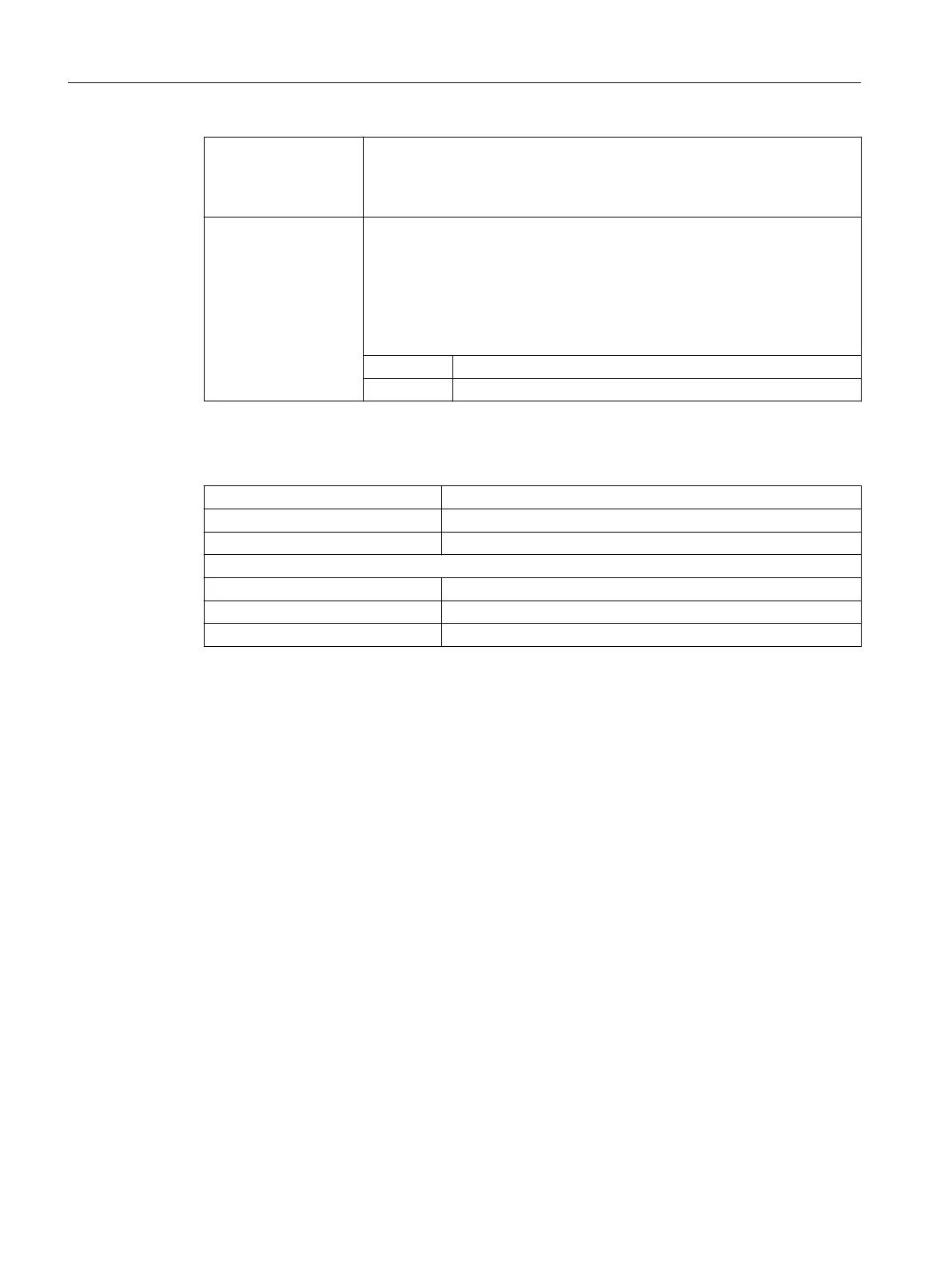<m>: When a curve table range CTABLOCK(<n>,<m>)/CTABUNLOCK(<n>,<m>)
is locked/unlocked, <m> is used to specify the number of the last curve table
in the range.
<m> has to be greater than <n>.
<memory
location>:
Specification of memory location (optional)
In the case of locking/unlocking without a memory location being specified, the
specified curve tables are locked/unlocked in the static and the dynamic NC
memory.
In the case of locking/unlocking with a memory location being specified, of the
specified curve tables, only those located in the specified memory location are
locked/unlocked. The rest are not locked/unlocked.
"SRAM" Lock/unlock in the static NC memory
"DRAM" Lock/unlock in the dynamic NC memory
If CTABLOCK/CTABUNLOCK is programmed without specification of the curve table to be
locked/unlocked, then all curve tables or all curve tables in the specified memory will be locked/
unlocked:
CTABLOCK(): Locks all curve tables in the static and the dynamic NC memory
CTABLOCK(,,"SRAM"): Locks all curve tables in the static NC memory
CTABLOCK(,,"DRAM"): Locks all curve tables in the dynamic NC memory
CTABUNLOCK(): Unlocks all curve tables in the static and dynamic NC memory
CTABUNLOCK(,,"SRAM"): Unlocks all curve tables in the static NC memory
CTABUNLOCK(,,"DRAM"): Unlocks all curve tables in the dynamic NC memory
3.16.2.5 Curve tables: Determine table properties (CTABID, CTABISLOCK, CTABMEMTYP,
CTABPERIOD)
These commands can be used to poll important properties of a curve table (table number, lock
state, memory location, periodicity).
Syntax
CTABID(<p>)
CTABID(<p>,<memory location>)
CTABISLOCK(<n>)
CTABMEMTYP(<n>)
TABPERIOD(<n>)
Work preparation
3.16 Axis couplings
NC programming
904 Programming Manual, 12/2019, 6FC5398-2EP40-0BA0

